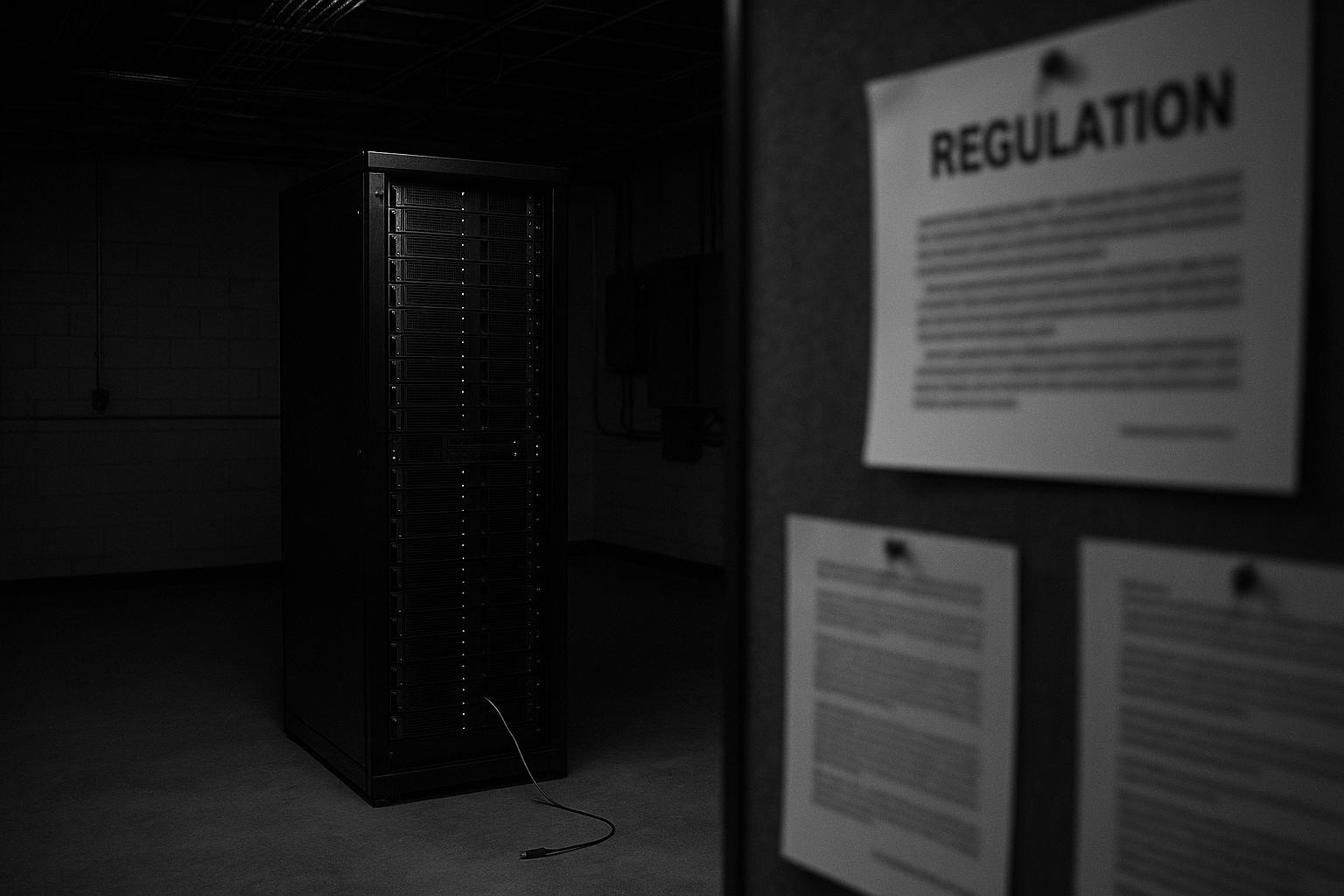The Competition and Markets Authority’s recent moves against Google and the major cloud providers have prompted a familiar chorus: regulation meant to protect competition risks coming too late, and may instead ossify markets at a moment when the underlying technology is being remade. That is the central contention of the original commentary, which warns that heavy-handed interventions — aimed at what regulators perceive now — could end up regulating yesterday’s problems and discouraging the infrastructure investment the UK needs to compete in an AI-driven global economy.
At the heart of the dispute is the CMA’s proposal to designate Google with “strategic market status” in general search and search advertising under the new digital markets regime. The authority has published a roadmap of potential interventions — from choice screens and fairer ranking principles to greater transparency for publishers and data portability — and will consult on the proposals ahead of a final decision scheduled for October. The CMA frames these moves as evidence‑based, proportionate measures intended to improve outcomes for consumers and businesses, and it has invited stakeholders to shape any eventual remedies through the consultation.
Google, for its part, has openly cautioned that broad or punitive remedies could chill investment and change the UK’s long‑standing pattern of receiving early access to new features. In a public blog post the company urged regulators to adopt “certainty and evidence‑based” approaches to preserve growth and innovation, and said it would seek to work constructively with the CMA. The warning has resonance elsewhere in Europe: regulators’ patchwork of tech and AI rules has already coincided with Google delaying the roll‑out of a Search‑integrated AI feature across several EU member states, an outcome industry executives have blamed on regulatory uncertainty.
That debate about timing and proportionality is mirrored in the CMA’s cloud market inquiry, which traces back to an Ofcom referral. Ofcom’s market study found that, in 2022, AWS and Microsoft together accounted for some 70–80% of public cloud infrastructure services in the UK, with Google far smaller by comparison, and identified features such as high egress charges, technical barriers to portability and committed‑spend discounts that can deter switching. The CMA has since launched a formal market investigation to assess whether remedies are needed to address switching costs, interoperability and pricing structures, stressing the strategic importance of cloud services as critical infrastructure.
But the market that regulators began examining in 2022 has shifted rapidly. The release of generative AI tools late that year triggered an unprecedented surge in investment: hyperscale data centres, GPU clusters and purpose‑built AI platforms have become the new competitive battleground. Industry analysis points to trillions of dollars of global commitments to AI infrastructure from hyperscalers, investors and governments, even as analysts caution about the risks of overcapacity and stranded assets if investment outpaces sustainable demand. Those dynamics mean that measures based on pre‑AI assumptions about switching costs and licensing may miss the main drivers of competition today — performance for AI training and inference, integrated AI services and proximity to specialised hardware.
That is the nub of the political economy critique: remedies designed on a 2022 snapshot risk sending the wrong signal to investors deciding where to place the next wave of AI capacity. If interventions raise uncertainty or impose onerous constraints, they could re‑direct capital and talent away from the UK just as it seeks to become “an AI maker, not an AI taker.” The CMA insists its tools are intended to protect consumers and markets, but critics argue that, without careful calibration, the powers could freeze markets in outdated configurations and discourage the very infrastructure build‑out that underpins innovation.
Where does that leave policy? The CMA’s consultation window offers a concrete mechanism for industry, academia and civic groups to shape remedies; ministers and regulators retain the option to tailor measures so they are narrowly targeted and time‑bound. Google says it will engage constructively; the CMA says it will base any final decision on evidence. Policymakers must now weigh two risks: regulatory overreach that chills investment, and regulatory under‑action that allows entrenched positions to persist. The policy answer should be proportionate, transparent and informed by the very rapid technological change that has reshaped markets since the pandemic‑era snapshot that triggered these inquiries.
📌 Reference Map:
Reference Map:
- Paragraph 1 – [1]
- Paragraph 2 – [2], [1]
- Paragraph 3 – [3], [4]
- Paragraph 4 – [5], [6]
- Paragraph 5 – [7], [1]
- Paragraph 6 – [1], [2], [7]
- Paragraph 7 – [2], [3], [1]
Source: Noah Wire Services
